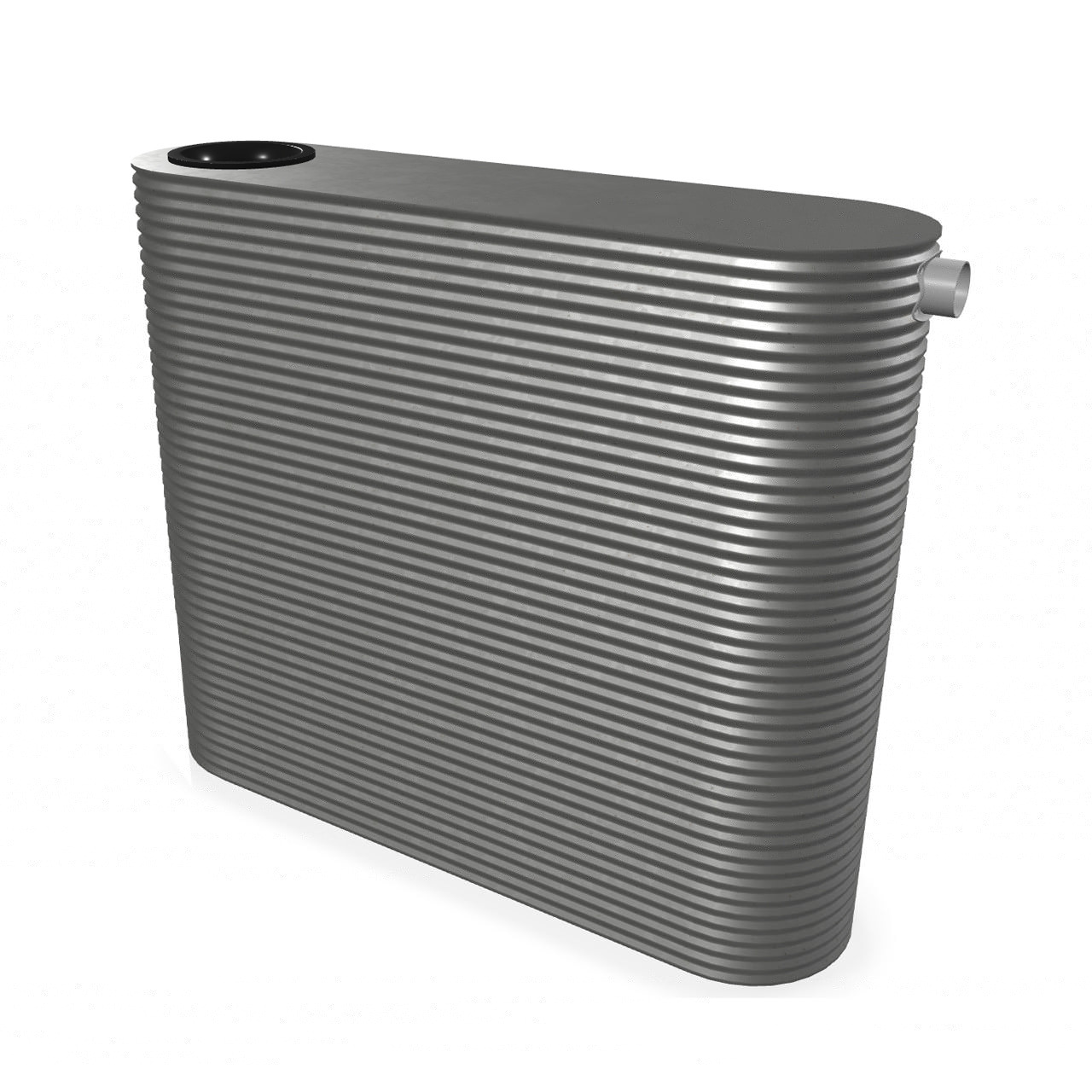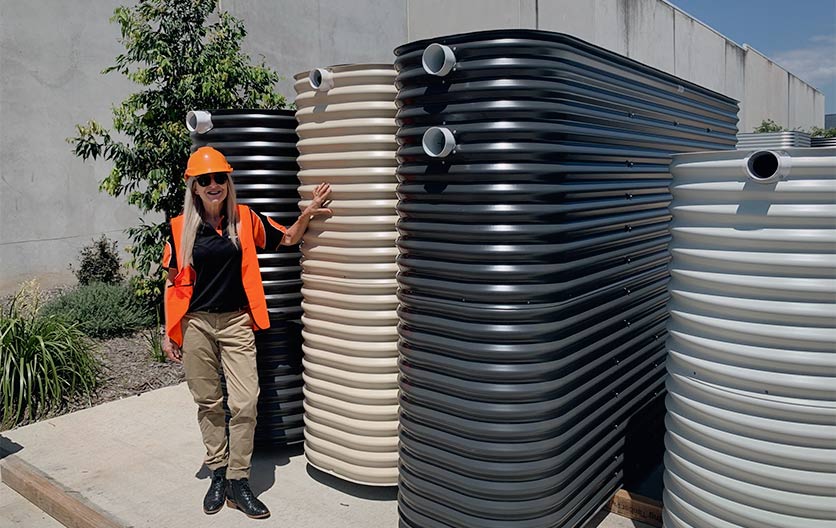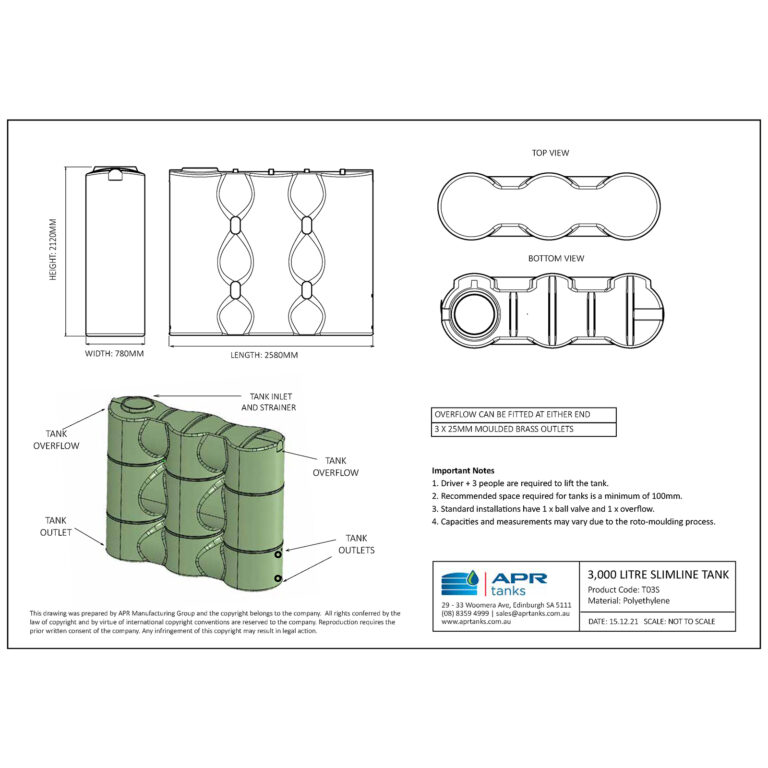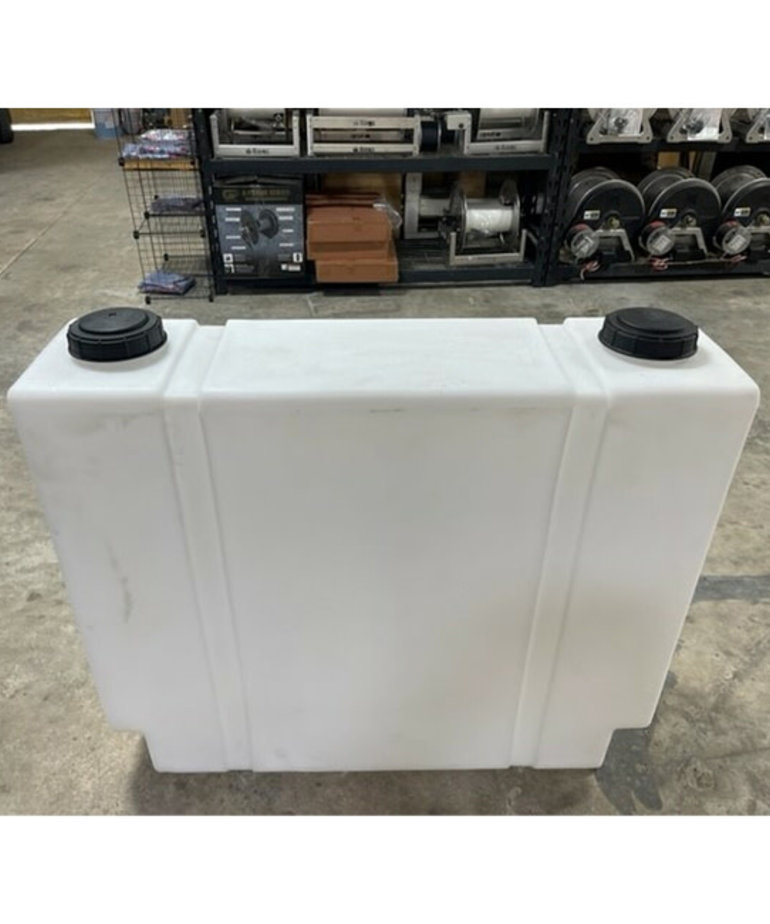How Slimline Water Tanks Enhance Your Home's Water Performance
How Slimline Water Tanks Enhance Your Home's Water Performance
Blog Article
Introducing the Perks of Rainwater Containers in Decreasing Water Bills and Ecological Impact
In a world where sustainability and cost-efficiency are significantly vital, the usage of rainwater containers offers a practical and ecologically aware remedy. The benefits of including rainwater tanks into household or commercial properties extend beyond mere water bill reductions. By checking out the diverse advantages of such systems, one can discover a riches of insights into exactly how they add to a much more sustainable future while positively impacting both finances and the environment.
Cost Savings Through Rainwater Containers
When taking into consideration the execution of rain containers, considerable expense savings can be accomplished with effective water management practices. Rain collecting uses a sustainable service that not only reduces water costs yet likewise reduces the strain on municipal water sources. By catching and storing rain for numerous non-potable usages such as irrigation, toilet flushing, and washing, families and companies can substantially reduce their reliance on treated water from the grid, bring about significant expense savings over time.
Among the main cost-saving benefits of rain storage tanks is the reduction in water energy expenses. By utilizing collected rain for activities that do not require safe and clean water, such as sprinkling gardens or washing automobiles, people can decrease their overall water intake from the keys supply, resulting in decreased water bills. In addition, rain containers can assist reduce the effect of water limitations or droughts by offering an alternative water source for important jobs, making certain connection in supply of water without sustaining too much prices. Generally, purchasing rainwater containers can cause lasting financial cost savings while promoting water preservation and sustainability.

Ecological Effect Reduction
Carrying out rain containers not just causes price financial savings yet additionally adds considerably to minimizing the ecological influence related to water consumption. By capturing rain that would certainly or else escape right into tornado drains, rainwater tanks assist ease stress on standard water resources like rivers and storage tanks. This lowered need for municipally treated water results in energy cost savings and a decrease in the carbon impact connected with water therapy and distribution processes.
Moreover, utilizing rainwater for activities such as gardening, watering, and cleaning minimizes the requirement for using cured water for non-potable purposes. This preservation of drinkable water assists in protecting water resources for necessary uses and minimizes the energy-intensive procedures entailed in treating water to satisfy drinking standards.

Water Bill Reduction Conveniences
The installment of rain tanks offers significant monetary advantages via decreases in water expenses. By collecting and saving rain for different household makes use of, such as sprinkling gardens, flushing commodes, or doing laundry, property owners can significantly lower their reliance on the municipal water supply. This, in turn, brings about an obvious decrease in water consumption from traditional resources, leading straight from the source to lower water costs at the end of each invoicing cycle.
Rain is a complimentary and sustainable source that can supplement or perhaps change the requirement for using cured water for non-potable purposes. Consequently, households with rain storage tanks can see a considerable decline in their overall water expenditures over time. Furthermore, throughout periods of water constraints or drought, having a rain tank can give a beneficial alternate water resource, further reducing the reliance on costly municipal water supplies.
In essence, buying a rain container not only contributes to environmental preservation however additionally supplies substantial financial advantages by minimizing water costs and promoting long-lasting cost financial savings for homeowners.
Sustainable Water Administration Solutions
Provided the monetary benefits and decreased reliance on community water materials that rainwater storage tanks offer, checking out sustainable water management solutions becomes a logical next action for home owners aiming to this hyperlink maximize their water use. Lasting water monitoring includes carrying out methods that efficiently and responsibly use water sources while reducing wastage and ecological influence. Rainwater harvesting, which involves collecting and saving rainwater for later use, is an essential component of lasting water administration. By using rainwater containers to catch and keep rainwater, home owners can minimize their reliance on traditional water resources, such as local materials or groundwater, thus adding to water conservation efforts.

Along with rainwater harvesting, sustainable water administration remedies may include implementing water-efficient home appliances, components, and landscape design practices - Slimline water tanks. Setting up low-flow commodes, showerheads, and taps can considerably lower water consumption within homes. Incorporating drought-resistant plants and using wise watering systems can aid reduce water use for exterior landscaping. By taking on these sustainable water monitoring strategies, home owners can not just maximize their water use however likewise add to environmental conservation and decrease their water expenses in the future.
Neighborhood Water Source Preservation

In addition, neighborhood involvement can reach the execution of water-saving modern technologies and practices on a larger scale. Motivating the adoption of rainwater tanks, greywater recycling systems, and effective irrigation approaches within communities can result in significant decreases in water usage. Furthermore, fostering a sense of cumulative obligation for water conservation can promote lasting actions and methods among neighborhood members.
Additionally, community water resource preservation efforts can lead the way for more powerful bonds amongst residents and a shared commitment to ecological stewardship. By functioning together to protect and protect water resources, areas can contribute substantially to a much more sustainable and resistant future.
Conclusion
To conclude, rainwater containers supply significant price financial savings, ecological advantages, and add to sustainable water management remedies. By reducing water bills, saving water resources, and minimizing environmental impact, rain tanks play a critical function in advertising water preservation and sustainability - Slimline water tanks. Their implementation not just benefits individual houses yet additionally adds to the wider goal of neighborhood water source administration and conservation
Report this page